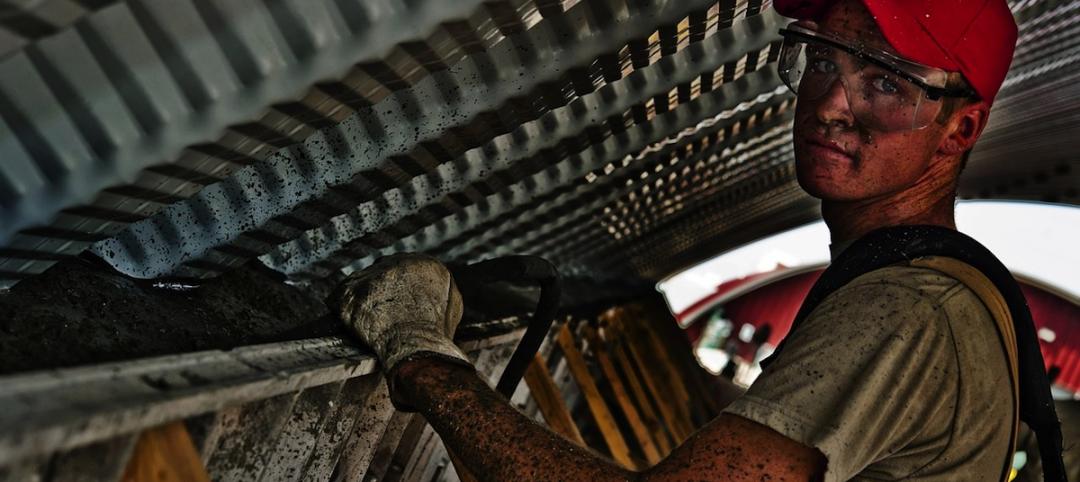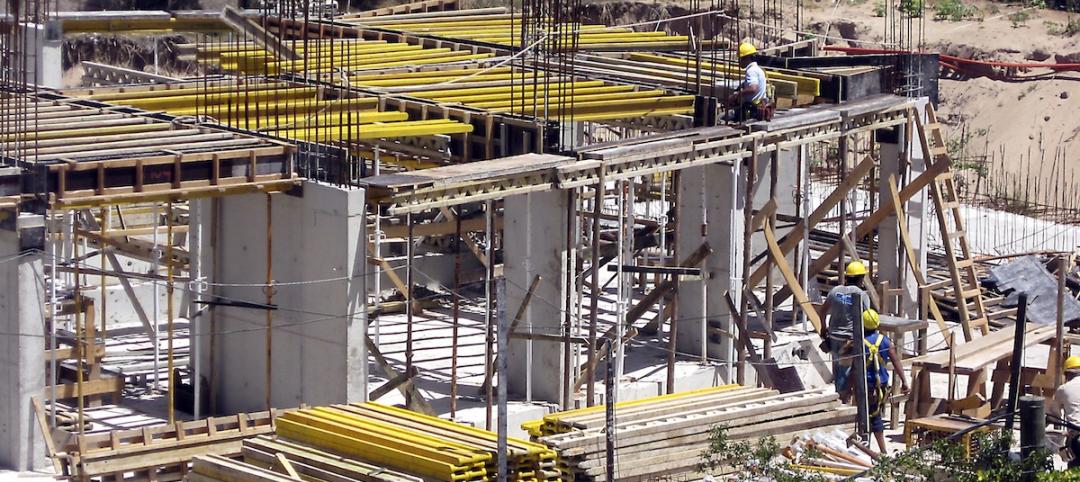The FMI Nonresidential Construction Index Report (NRCI) for Q4 2015 says that nonresidential construction is experiencing a slowdown. The NRCI dropped four points to 59.5, the lowest score since Q4 in 2013.
Panelists displayed a declining outlook for the overall economy, which was down 12.3 points to 58.3 from Q3. The report found that the expectations of activity in economic sector and the expected change in backlog scores also fell, and the cost of construction material rose.
“Economic recovery momentum is losing steam and rising costs in labor and materials start to put a load on the industry,” Chris Daum, President and CEO of FMI, said in a statement. “Next year will likely be more challenging for industry growth than 2015. Firms that excel at recruiting and training the most skilled workforce will have a strategic edge in the marketplace.”
Key takeaways in the Q4 NRCI:
· The overall economy where panelists do business is down. Panelists’ business is slowing down with a grim outlook of the overall economy.
· Panelists’ construction business is slipping. Although the panelists’ expectation of their construction activities slipped by 5.8 points to 69.9, it shows residual recovery momentum.
· There is an expected drop in backlog. The measure of expected change in backlog dropped to 62.2 from last quarter’s 68.2, a median of the past 12 months.
· The cost of construction materials and labor is rising. The cost of labor and materials continues to go higher. Generally, it is expected that costs will rise as business improves, thus holding down the overall NRCI index number.
Related Stories
Contractors | May 8, 2015
Trends in U.S. commercial building size in three charts
A new study by the U.S. Energy Information Administration shows that there were 5.6 million commercial buildings in the U.S. in 2012, totaling 87 billion sf of floor space. This is a 14% increase in floor space since 2003.
Building Team | May 8, 2015
Construction industry adds 45,000 jobs in April
The construction industry saw an increase in jobs during the month of April after losing approximately 9,000 positions in March.
Building Team | May 8, 2015
Surety bond forms specifically for design-build projects now available
The documents are the first of their kind to be coauthored by designers and builders.
Engineers | May 6, 2015
Megadeals drive mergers and acquisitions in engineering and construction industry: FMI report
Large deals and the convergence of design and construction are spurring M&A activity in the engineering and construction industry, according to the FMI Mergers & Acquisitions Trends report.
High-rise Construction | May 6, 2015
Parks in the sky? Subterranean bike paths? Meet the livable city, designed in 3D
Today’s great cities must be resilient—and open—to many things, including the influx of humanity, writes Gensler co-CEO Andy Cohen.
Contractors | May 1, 2015
Construction workers among top U.S. drug users: study
Construction workers are topped only by miners when it comes to heavy drinking, according to a new study by the Substance Abuse and Mental Health Services Administration.
Multifamily Housing | May 1, 2015
Trade groups extend campaign to promote apartment living
The groups claim that there are more than 37 million Americans—12% of the population—living in just under 20 million apartment units nationwide. Apartments and their residents contribute $1.3 trillion annually to the economy.
Contractors | May 1, 2015
Nonresidential fixed investments fall in latest Construction Economic Update
This is the first time that nonresidential fixed investment declined since the first quarter of 2011, ABC reported. Nonresidential fixed investment had been rising by more than 4% on an annualized basis during five of the previous six quarters.
Contractors | Apr 29, 2015
Construction costs are expected to remain soft through fall of 2015
Labor and materials haven’t appreciated this year through April, according to market analyst IHS.
Contractors | Apr 23, 2015
Leopardo releases 2015 Construction Economics Outlook
Low oil prices have reduced the cost of construction, but not enough to offset the rise in labor costs, according to Leopardo's new outlook report.

















